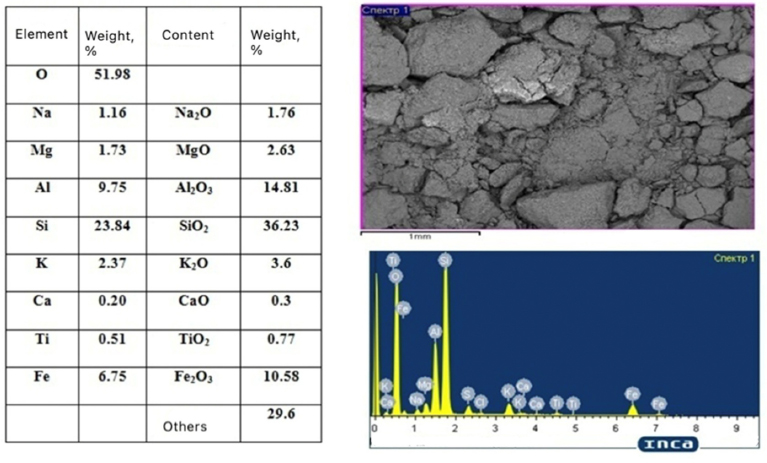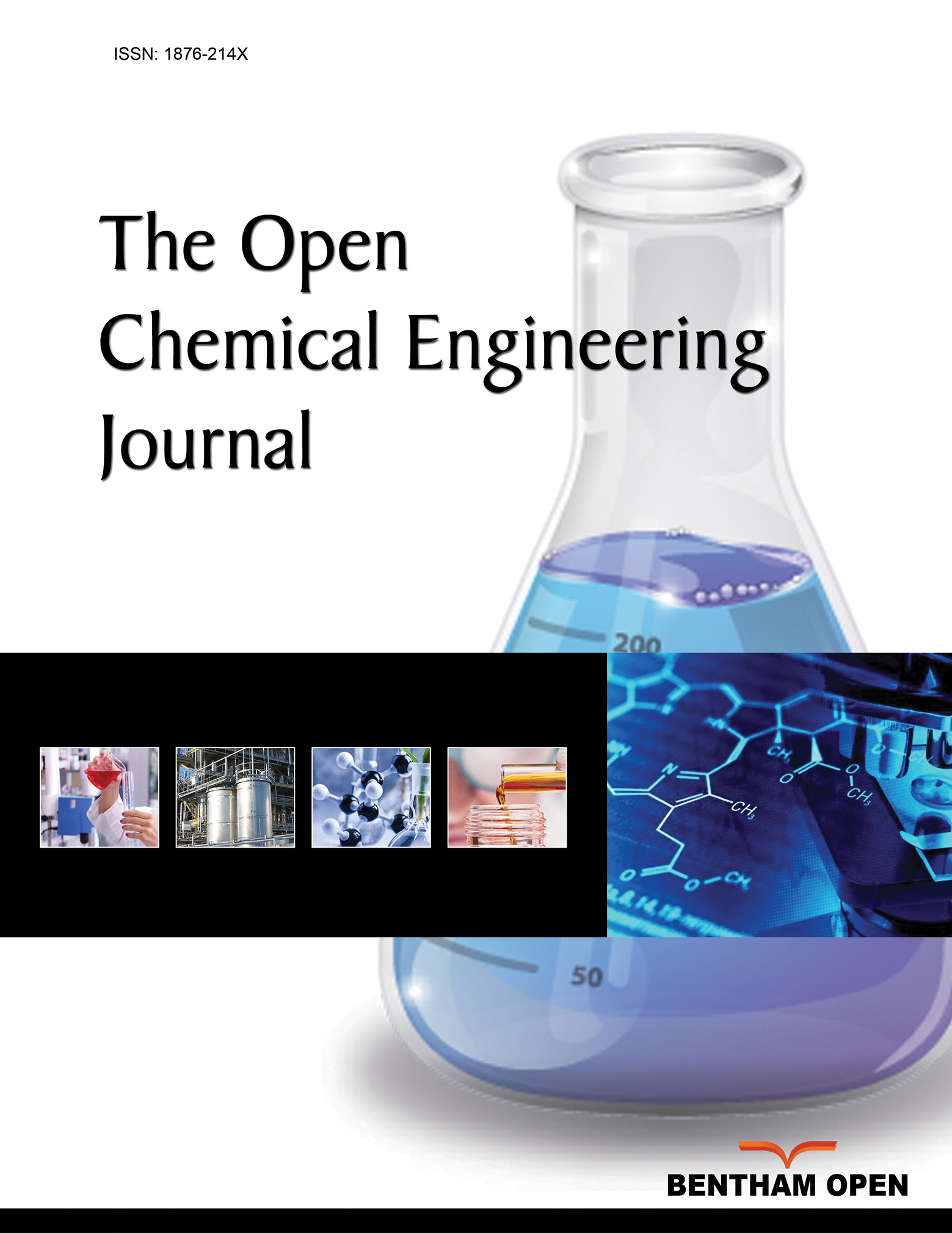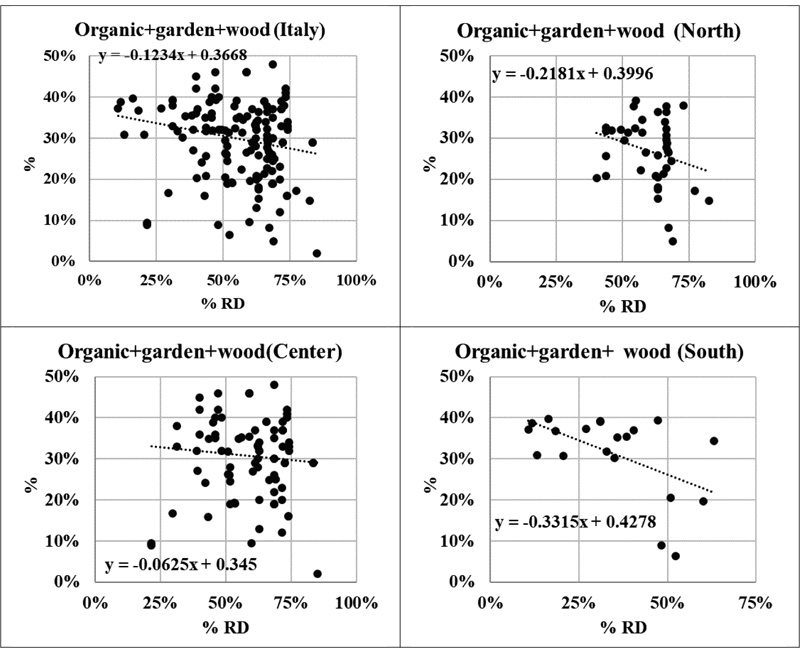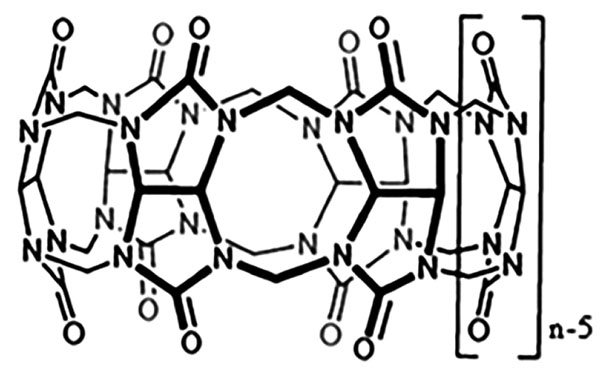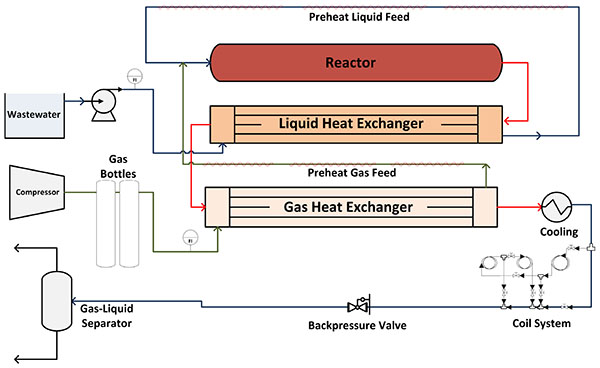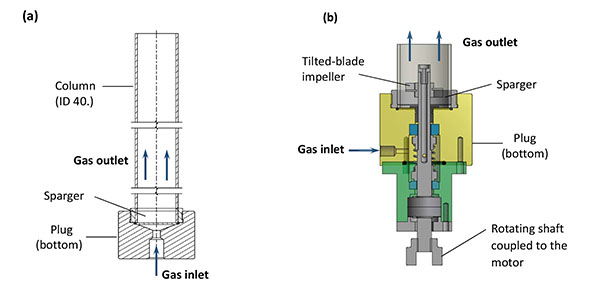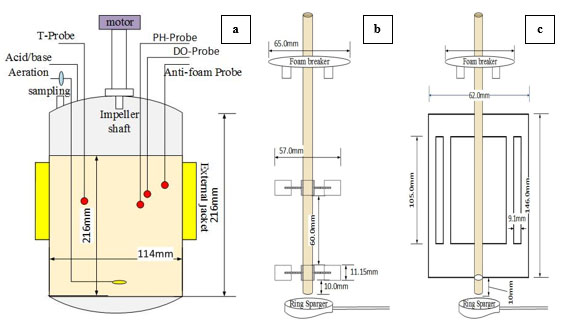The Open Chemical Engineering Journal is an open access journal, that publishes research articles, reviews/mini-reviews, letters and guest-edited single topic issues in all areas of chemical engineering. The journal covers resources involved in the operation and design of chemical plants and equipment for the conversion of raw materials to various end products. Topics related to new chemical systems such as predictors of viruses, development of new advanced materials, sustainable chemical production and transition energy supplies to renewable sources are also covered in the journal's scope.
The Open Chemical Engineering Journal, a peer-reviewed journal, is an important and reliable source of current information on developments in the field. Emphasis is placed on publishing quality papers, making them freely available to researchers worldwide.
